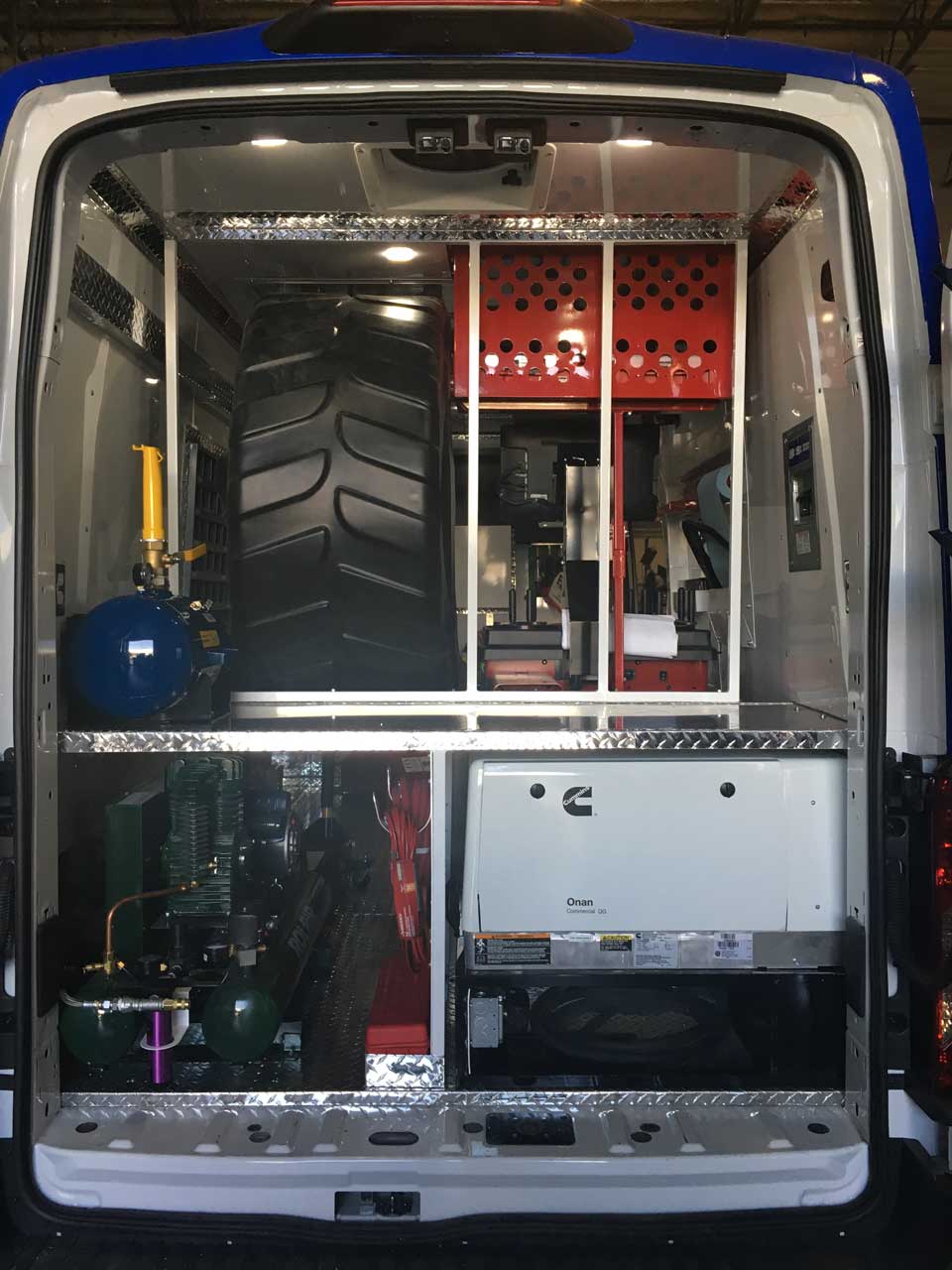Trusted Mobile Tire Change and Replacement in Las Vegas
Trusted Mobile Tire Change and Replacement in Las Vegas
Blog Article
Tire Solution: Proven Approaches for Optimum Tire Upkeep and Treatment
Keeping optimum tire problem is extremely important for both safety and security and efficiency of any vehicle. From making certain appropriate tire pressure to routine rotation and placement, there are tested approaches that can dramatically prolong the lifespan of your tires and improve overall driving experience. As we check out the intricacies of tire treatment and maintenance, we will certainly uncover crucial guidelines that every lorry owner should stick to for the very best feasible results. Allow's look into the world of tire solution and find the tricks to keeping your tires in top-notch form for the long haul.
Importance of Tire Stress
Proper tire stress is an essential consider making sure optimum car efficiency and safety on the roadway. Maintaining the suggested tire stress levels offered by the maker supplies countless benefits. Adequate tire pressure promotes better fuel efficiency, as under-inflated tires can lead to increased rolling resistance, creating the engine to function more difficult and eat even more gas. Appropriate tire pressure guarantees also step wear, improving tire long life and saving cash in the long run by delaying the requirement for premature substitutes. In addition, appropriately blew up tires add to enhanced handling and braking capabilities, essential for safe driving in various roadway problems. Over-inflated tires, on the other hand, can cause decreased traction and a harsher ride. On the other hand, under-inflated tires are prone to overheating, which can result in crashes and blowouts. Routinely changing and checking tire stress, especially soon trips, is a simple yet effective method to enhance car efficiency, extend tire life-span, and focus on safety and security when driving.
Tire Rotation Standards
When considering tire rotation standards, it is vital to recognize the significance of this upkeep job in making best use of tire life-span and preserving ideal lorry performance. Tire rotation entails transforming the position of each tire on an automobile to make certain also tread wear. Front tires have a tendency to use quicker than rear tires because of steering pressures, making routine rotation vital for balanced wear patterns. The recommended rotation pattern varies depending on whether a vehicle is front-wheel, rear-wheel, all-wheel, or 4x4. Usually, tires must be revolved every 5,000 to 7,500 miles, or as recommended in the car manual. Disregarding tire rotation can result in unequal wear, affecting handling, traction, and possibly compromising lorry safety. By sticking to correct rotation standards, motorists can extend the life of their tires, boost fuel performance, and improve total driving experience. Routine turning is a basic yet effective maintenance method that adds considerably to tire longevity and automobile performance.

Benefits of Wheel Positioning
Ensuring appropriate wheel alignment after tire turning is essential for keeping balanced wear patterns and optimizing car performance. In addition, appropriate wheel alignment helps to expand the life expectancy of your tires. Misaligned wheels can cause irregular tire wear, leading to premature tire replacement and raised upkeep costs.

Tire Footstep Deepness Check
Doing a regular examination of tire walk depth is important for keeping risk-free driving conditions and extending the life-span of your tires. The tread on your tires plays an important role in supplying traction, especially in damp or unsafe problems. To inspect your tire tread depth, you can make use of a walk deepness scale or the cent test. The recommended tread deepness is at the very least 2/32 of an inch. If the step deepness is below this limit, it is time to replace your tires to guarantee optimal performance and safety on the roadway. Uneven tread wear can show concerns with tire pressure, suspension, or positioning, highlighting the relevance of normal step deepness checks. Disregarding to monitor and maintain proper step deepness can bring about reduced grasp, longer stopping ranges, and a boosted danger of hydroplaning. By integrating tire walk deepness look into your routine maintenance schedule, you can drive with self-confidence recognizing that your tires are in top condition.
Seasonal Tire Assessment
Seasonal tire evaluation is an essential aspect of tire maintenance that ensures tires are ready to face the challenges postured by various climate problems. In prep work for winter months, it is crucial to check the tire pressure frequently as cool temperature levels can create tire stress to drop. By performing routine seasonal tire inspections, chauffeurs can prolong tire lifespan, enhance fuel effectiveness, and most significantly, guarantee a protected driving experience in differing weather condition conditions.
Final Thought
In final thought, preserving proper tire pressure, rotating tires routinely, aligning wheels correctly, keeping track of walk depth, and conducting seasonal examinations are essential practices for optimum tire care. By this page complying with these confirmed approaches, chauffeurs can ensure their tires last much longer, carry see it here out much better, and add to total vehicle safety and security. It is essential to prioritize tire upkeep to stop accidents, improve gas efficiency, and extend the life expectancy of tires.
Adequate tire stress promotes much better fuel performance, as under-inflated tires can lead to increased rolling resistance, creating the engine to function more challenging and consume more gas.When thinking about tire turning guidelines, it is important to recognize the significance of this upkeep job in maximizing tire life expectancy and keeping optimal automobile efficiency. Seasonal tire evaluation is a basic aspect of tire maintenance that makes sure tires are ready to face the difficulties postured by various climate problems. By conducting routine seasonal tire examinations, chauffeurs can lengthen tire lifespan, enhance gas performance, and most notably, ensure a safe driving experience in differing climate problems.
In conclusion, preserving correct tire pressure, revolving tires consistently, aligning wheels appropriately, keeping track of step depth, and conducting seasonal evaluations are important practices for ideal tire treatment.
Report this page